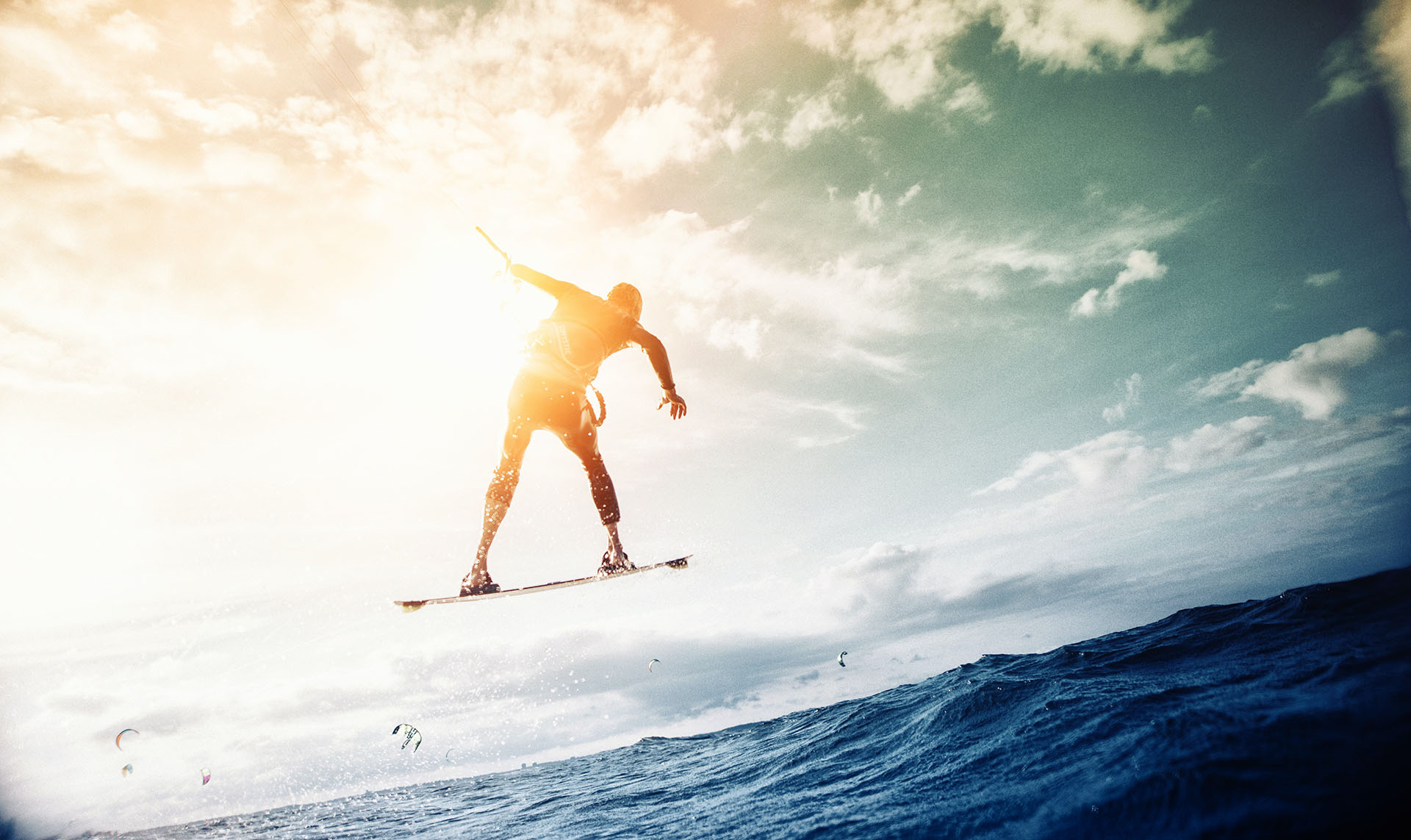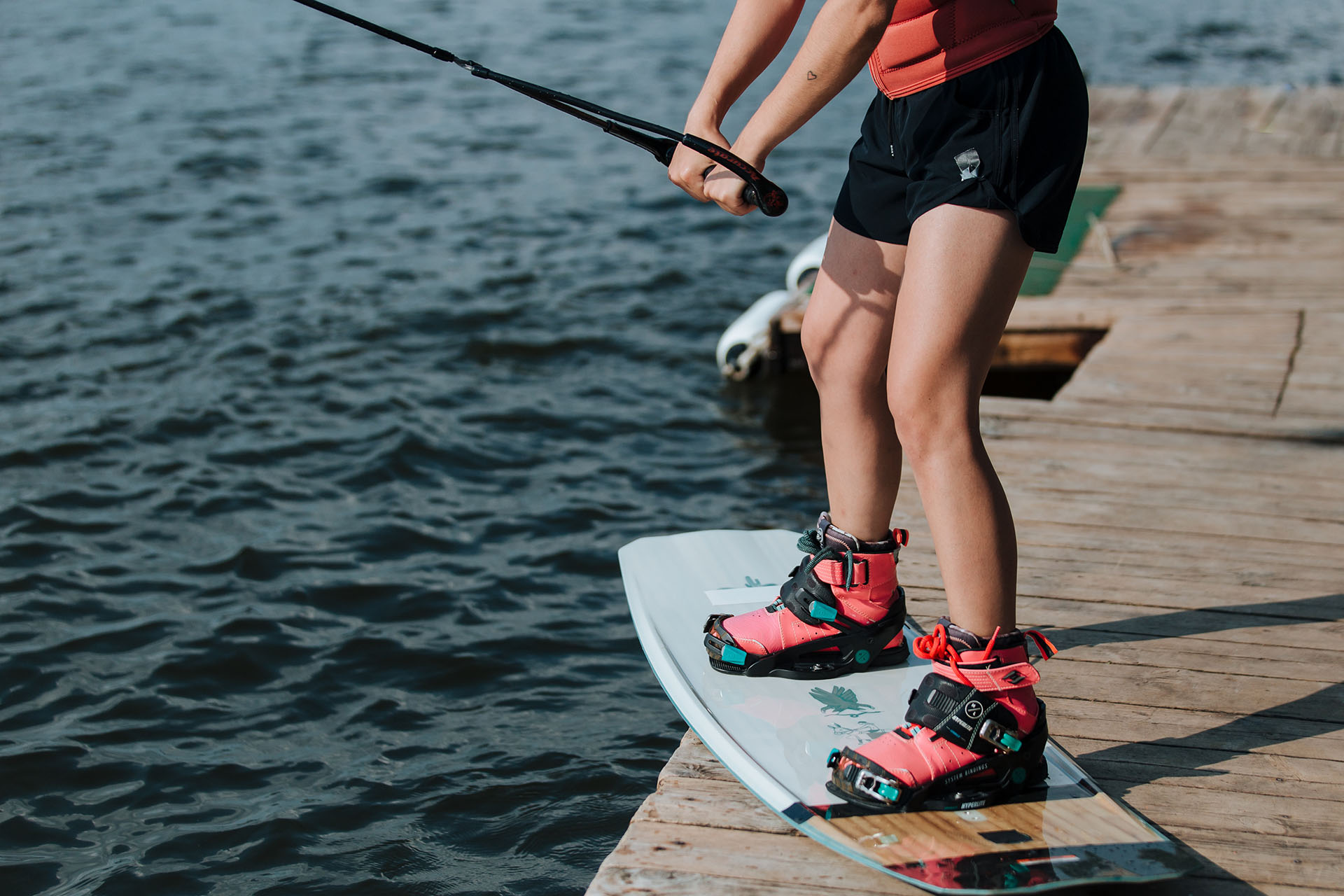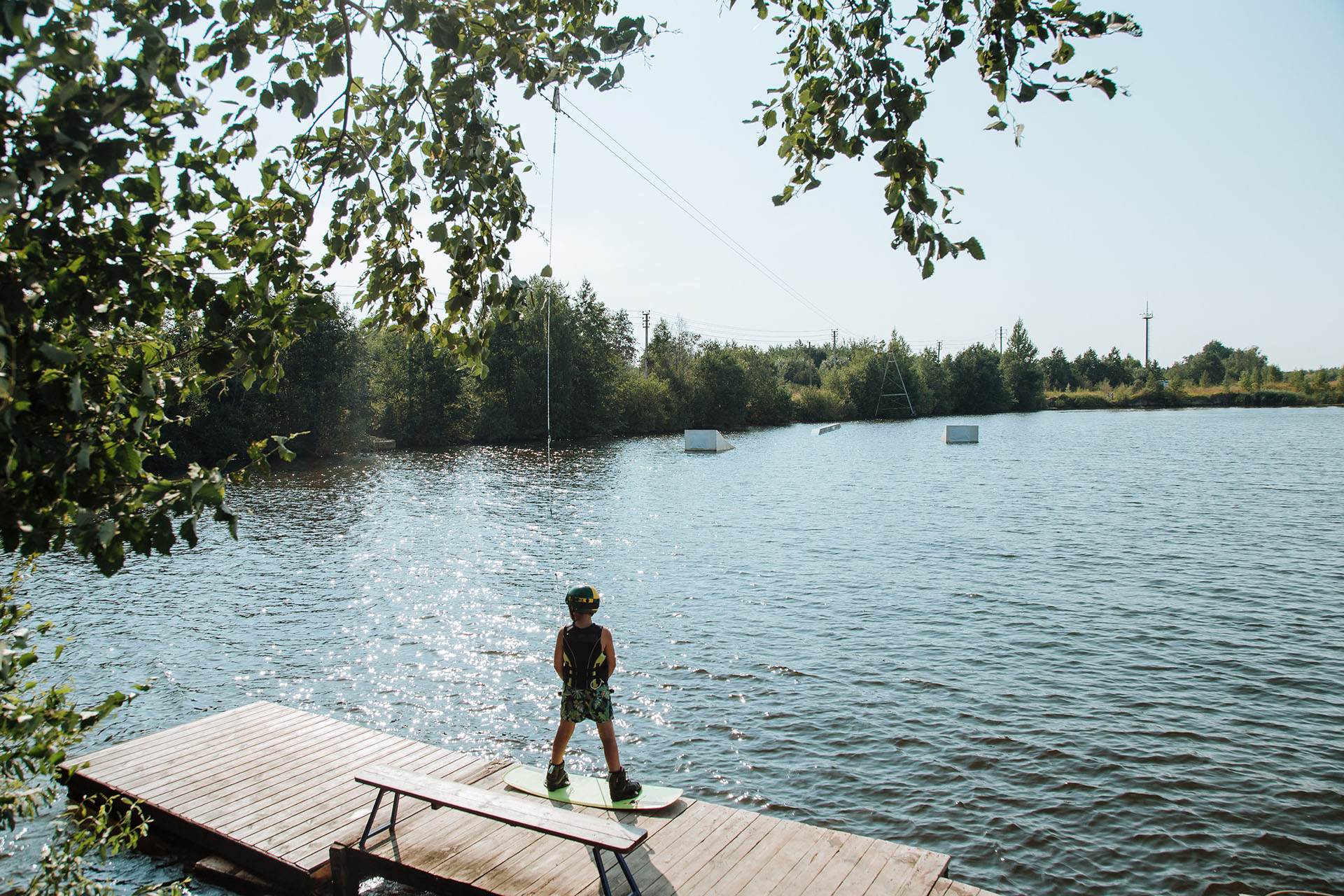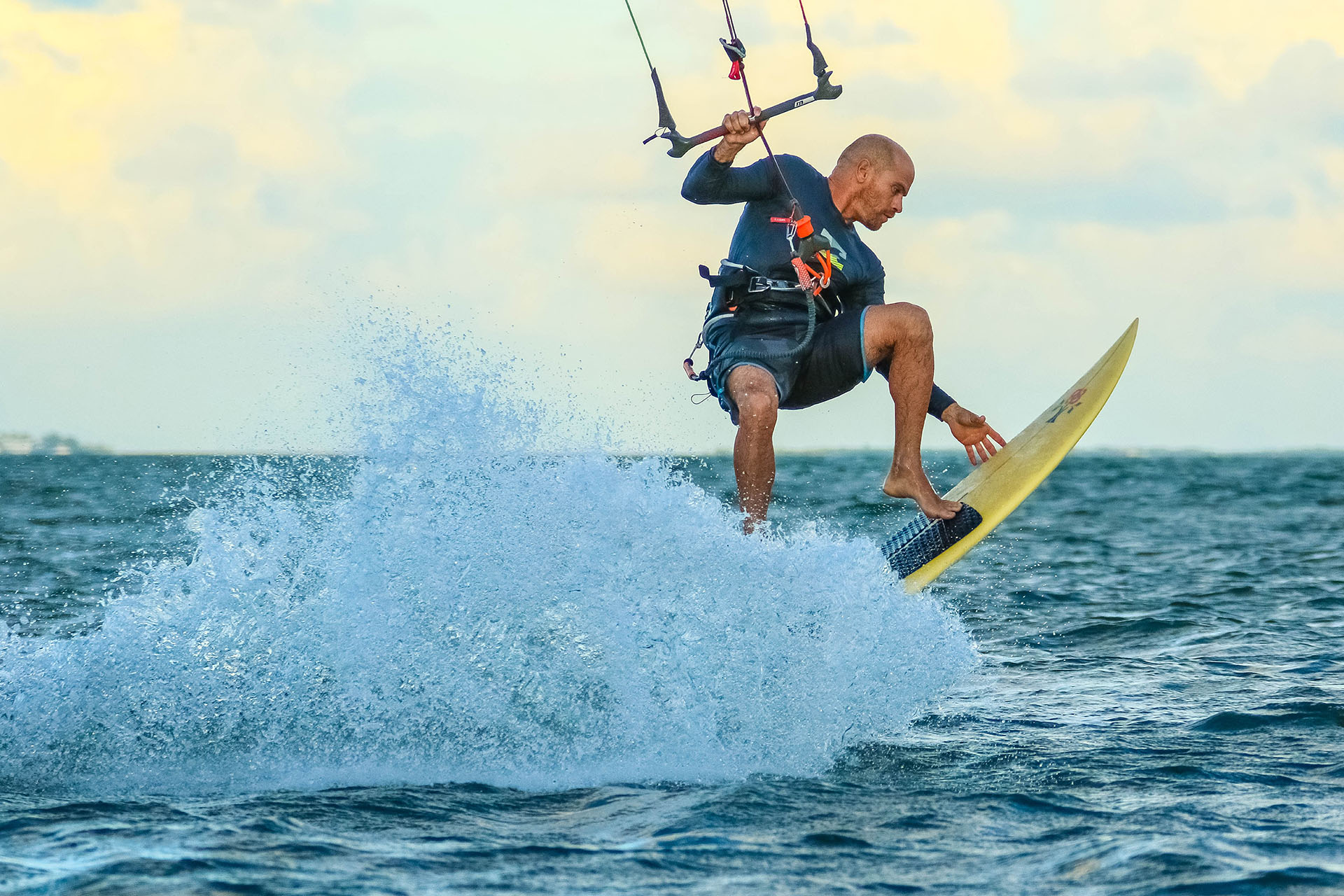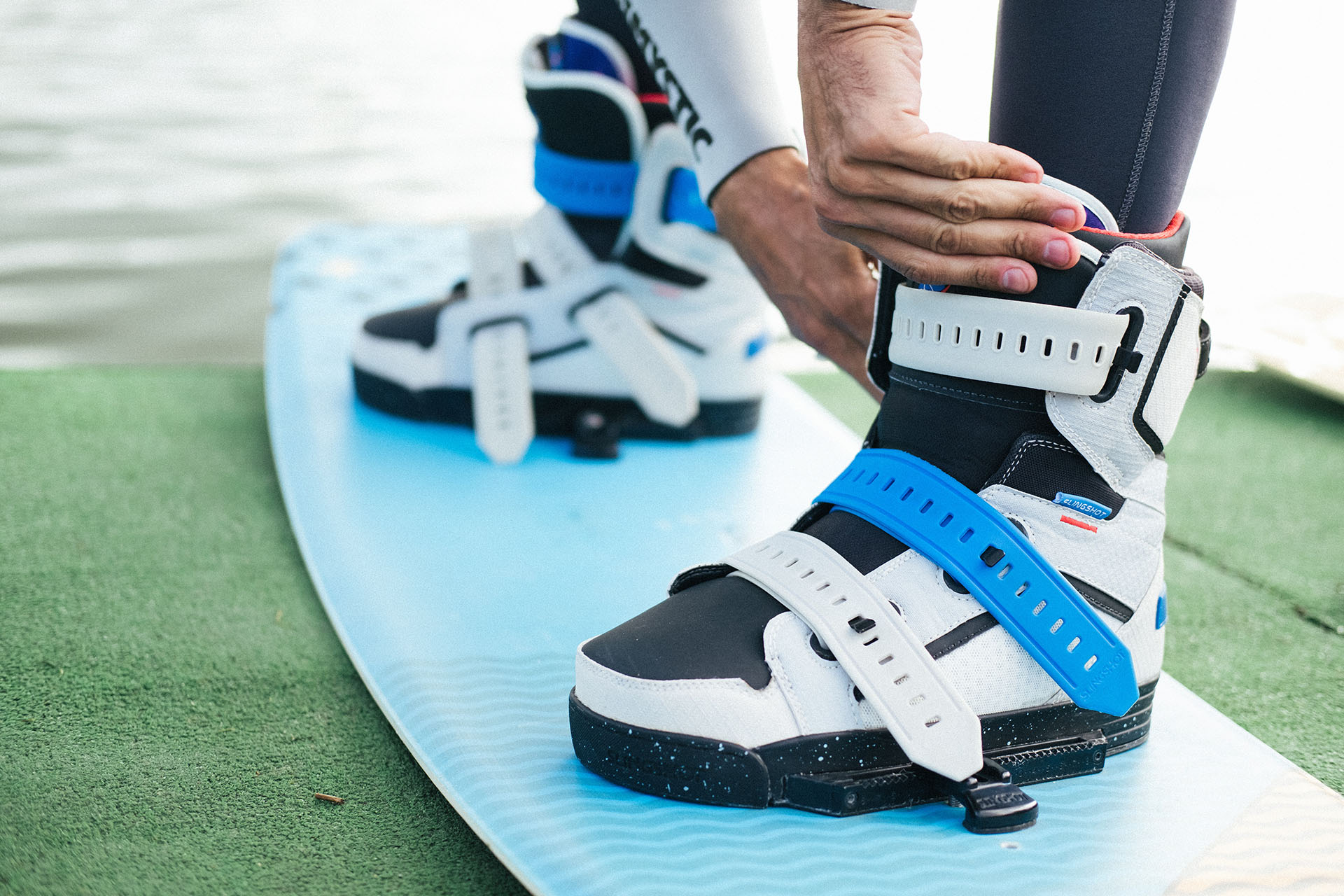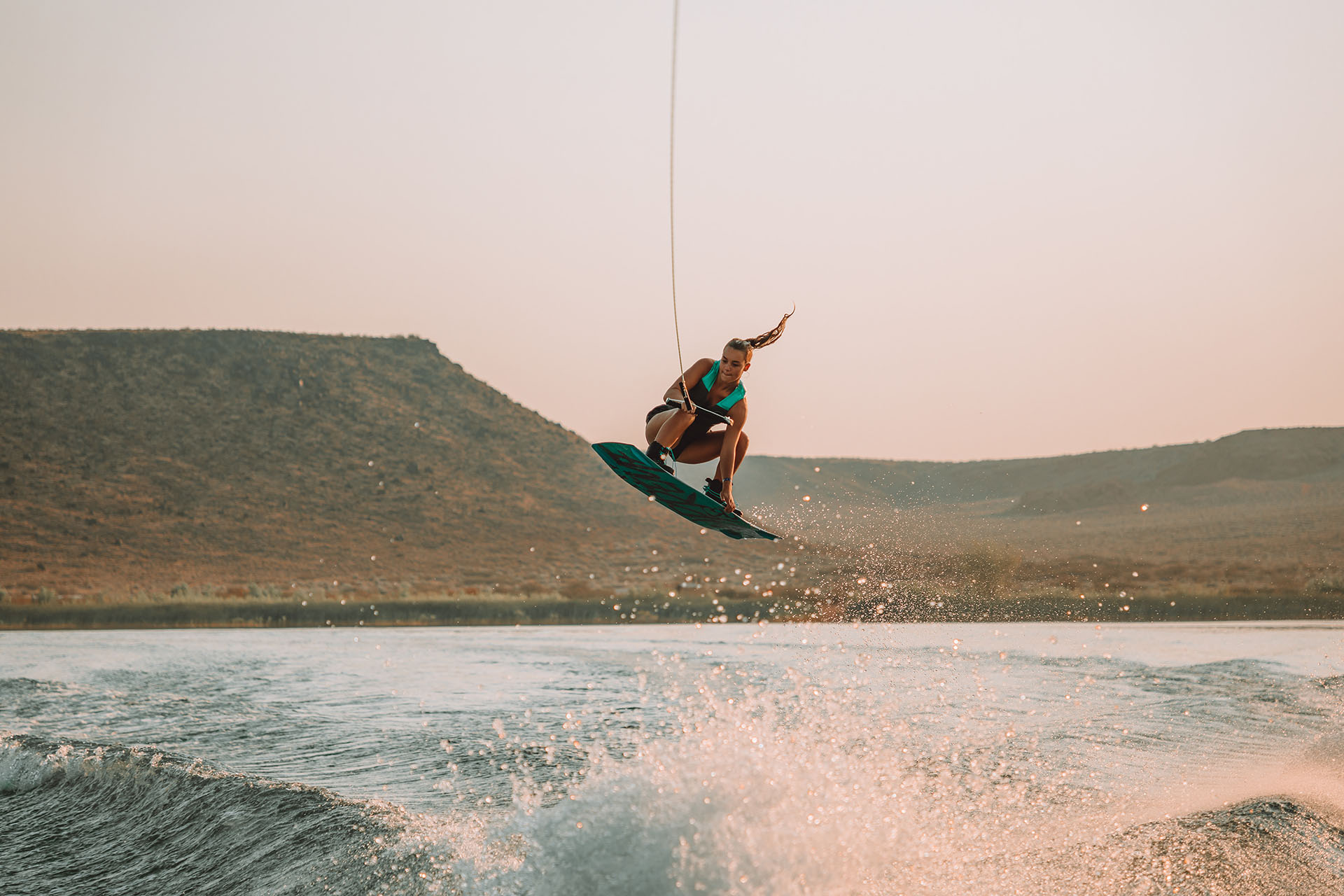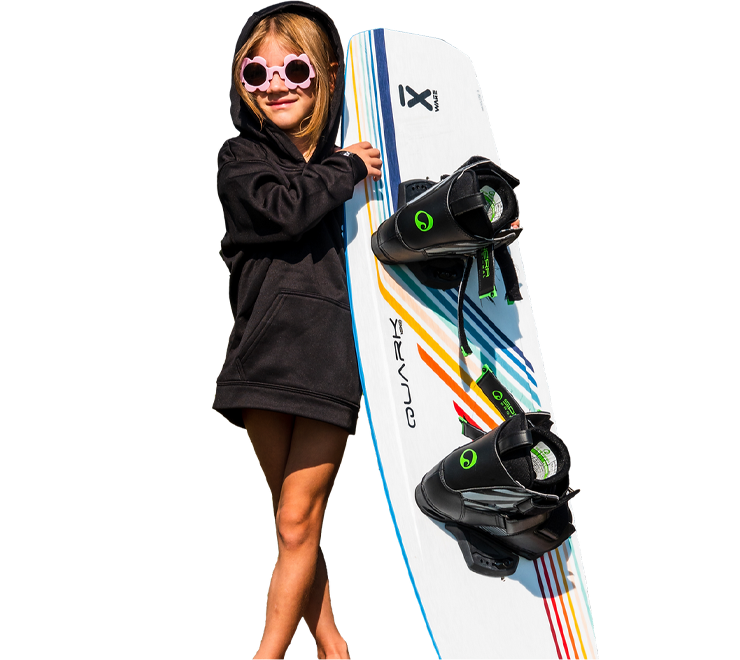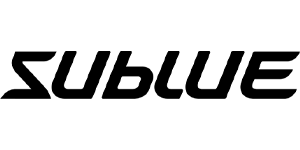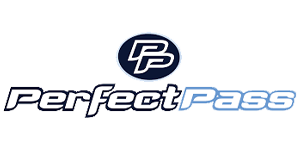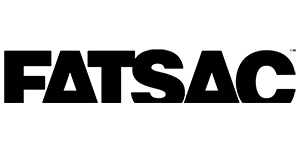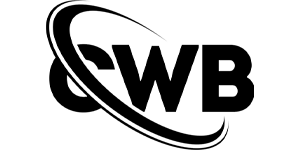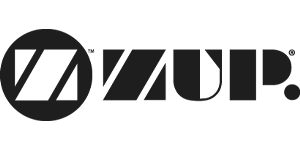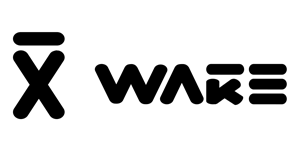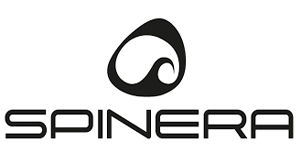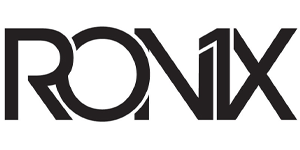Wakeboarding, a fusion of water skiing, snowboarding and surfing, has become one of the most exciting water sports today. But how do you go about choosing the right wakeboard?
Introduction to Wakeboarding
First things first, let’s dive into the exhilarating world of wakeboarding. If you’re seeking the ultimate adrenaline rush, wakeboarding might just be the water sport for you. Think of it as the aquatic cousin of snowboarding, with the added zest of water skiing and surfboarding thrown into the mix. Imagine the exhilaration of gliding effortlessly over the shimmering surface of a lake, the wind whipping through your hair, and the thrill of the boat’s wake beneath your feet. It’s pure, unadulterated joy!
Wakeboarding, however, is not just about catching air and executing those heart-stopping stunts and tricks. There’s a lot more to this sport than meets the eye. It’s about balance, coordination, strength, and agility, but more importantly, it’s about understanding and respecting the power of the water beneath you. It’s about that unique connection with nature, that sense of freedom and exhilaration that only water sports can offer. And for many, it’s not just a hobby; it’s a way of life.
But as with any sport, to fully immerse yourself in the wakeboarding experience and get the most out of it, there’s one golden rule you must always follow – equip yourself with the right gear. Yes, the key to a safe, enjoyable, and truly satisfying wakeboarding experience is having the right equipment.
Now, when we talk about equipment, the first thing that springs to mind is, of course, the wakeboard itself. Wakeboards come in a variety of shapes, sizes, and designs, each catering to different skill levels, riding styles, and individual preferences. So, choosing the right wakeboard isn’t as straightforward as you might think. It requires careful consideration, a clear understanding of your skill level, and a good knowledge of what each board has to offer.
But don’t worry! If you’re new to the sport or looking to upgrade your gear, we’ve got you covered. In this article, we’re going to delve deep into the world of wakeboards, guiding you on how to choose the right one, taking into consideration your skill level, body weight, and the type of wakeboarding you plan on doing.
So, strap yourself in, as we embark on this exciting journey to help you make the best possible choice for your wakeboarding adventures. After all, a well-informed wakeboarder is a happy wakeboarder!
The Importance of Choosing the Right Wakeboard
Choosing the right wakeboard is like choosing the right dance partner – when you find the perfect match, you move in harmony, effortlessly gliding through the water and pulling off tricks that you never thought possible. Yes, the importance of selecting the right wakeboard for your water adventures cannot be overstated.
When it comes to boosting your performance, the right wakeboard can be a game-changer. A board that complements your skill level, body weight, and riding style will not only help you perform tricks better but also learn new ones quicker. It’s all about finding that perfect balance, that sweet spot between agility, stability, and control. That’s where the magic happens.
Imagine trying to execute a smooth wake jump or a stylish grab with a board that’s too large, too small, or simply not designed for your skill level. Not only would it be challenging, but it could also limit your progression in the sport, leading to unnecessary frustration and, yes, even decreased motivation. But with the right board? Oh, the places you’ll go and the tricks you’ll conquer!
However, performance isn’t the only aspect that the right wakeboard impacts. Safety is another crucial factor that hinges on your choice of wakeboard. A poorly chosen wakeboard can turn an otherwise thrilling experience into a potentially dangerous one.
Wakeboarding is an extreme sport, and like any other, it comes with its fair share of risks. But with the right gear, these risks can be significantly minimized. A wakeboard that is suitable for your skill level and body weight offers better control, stability, and predictability, reducing the chances of accidents and injuries.
Think about it. A beginner trying to learn the ropes on a board designed for advanced riders might struggle to control it, leading to potential mishaps. Conversely, an advanced rider on a beginner’s board might find it restricting and unresponsive, again increasing the risk of accidents.
So, you see, the wakeboard you choose plays a pivotal role in defining your wakeboarding experience. It can be the difference between gracefully dancing on the water or feeling like you’re wrestling with it. The difference between advancing in the sport or hitting a frustrating plateau. And more importantly, the difference between a safe, enjoyable ride and a potentially hazardous one.
In the following sections, we’ll delve into the key factors to consider when choosing your ideal wakeboard, ensuring that your next ride is not just fun and productive, but also safe!
Key Considerations
Understanding Your Skill Level
Let’s pause for a moment and consider this scenario: imagine it’s your first day of driving lessons and you’re handed the keys to a top-tier, high-speed sports car. Sounds exciting, right? But in reality, the complexity and power of such a vehicle can be overwhelming for a novice, and even dangerous. It’s a similar story when you’re beginning your journey in the world of wakeboarding.
Recognizing and understanding your skill level is a crucial step towards making an informed choice about your wakeboarding gear. Like most sports, wakeboarding is a progression. You start as a beginner, graduate to an intermediate level, and with enough practice and perseverance, you may reach the advanced stages. Each stage requires different skills, techniques, and yes, different equipment.
Beginner Wakeboards
So, you’re just starting your wakeboarding journey, and the world of water sports beckons. Exciting times indeed! But, as with any new venture, starting on the right foot (or in this case, the right board) is critical. For beginners, the key to a successful and enjoyable wakeboarding experience lies in choosing a wakeboard that is stable, forgiving, and designed to facilitate easy control.
Beginner wakeboards are generally longer than those designed for more experienced riders. The length adds to the stability of the board, making it easier for you to balance and stay upright – a crucial aspect when you’re still finding your sea legs. The larger surface area of these boards also provides more buoyancy, which aids in smooth, easy starts and recoveries. This can be a big confidence booster as you’re learning the ropes, ensuring you don’t spend more time in the water than on it!
The design of beginner wakeboards often includes a continuous rocker – the curve that runs from the tip to the tail of the board. This continuous curve ensures a smoother ride by reducing the impact of waves and choppy water. It also provides easy control and stability, helping you navigate the waters with less effort. With a continuous rocker, the board moves more predictably, making turns and basic tricks easier to master. It’s like having training wheels on a bike – it’s there to support you as you learn and gain confidence.
Another feature often found in beginner wakeboards is wider, rounded edges. These edges are less likely to catch the water unexpectedly, reducing the chances of sudden, unplanned wipeouts. They also contribute to a smoother and more forgiving ride – ideal for those still getting comfortable with the board under their feet.
Finally, beginner wakeboards often have a softer flex. The flex of a wakeboard refers to its stiffness and ability to bend. A softer flex means the board is more forgiving and easier to maneuver, perfect for those who are still mastering their balance and coordination on the water.
Remember, starting with a beginner wakeboard doesn’t mean you’re compromising on fun or the thrill of the sport. These boards are designed to help you learn and progress, ensuring your early wakeboarding experiences are positive, encouraging, and, most importantly, safe. After all, a confident rider is a happy rider, and nothing breeds confidence like the right equipment. So here’s to you and your wakeboarding journey – may it be filled with endless excitement, progress, and unforgettable water adventures!
Intermediate Wakeboards
Congratulations, you’ve graduated from the beginner stage! Your balance is no longer wobbly, and you’ve started to learn some neat tricks. As your skills and confidence grow, it’s time to consider transitioning to an intermediate wakeboard. Intermediate boards are designed to take your wakeboarding adventure to the next level, adding an extra layer of thrill and challenge to your rides.
Intermediate wakeboards tend to be a bit shorter than beginner boards. The reduced length increases responsiveness and maneuverability, making the board quicker to react to your commands. This increased agility allows you to start experimenting with more complex turns, tricks, and jumps, expanding your wakeboarding repertoire and making your rides more dynamic and exciting.
One key feature of many intermediate boards is the presence of a three-stage rocker. Unlike the continuous rocker found in beginner boards, a three-stage rocker has three distinct planes on the bottom of the board. Think of it as having a flat section in the middle with increased curvature at the nose and tail. This design results in a looser feel on the water, making the board more playful and offering greater pop (height) off the wake. This can be a real game-changer when you’re looking to add some more advanced tricks to your skill set.
Intermediate wakeboards also often feature sharper, more aggressive edges compared to beginner boards. These edges provide better grip on the water, allowing for faster, tighter turns and more precision in maneuvering. This feature can give you the confidence to push your limits and experiment with new techniques.
Moreover, the flex of intermediate wakeboards tends to be stiffer compared to beginner boards. A stiffer flex translates to more energy and pop off the wake, allowing you to get more air for jumps and tricks. But remember, this increased performance also requires better control and technique, making these boards less forgiving when mistakes are made.
Upgrading to an intermediate wakeboard can significantly elevate your wakeboarding experience. The increased maneuverability, responsiveness, and potential for tricks can inject a new level of excitement into your rides. However, it’s crucial to ensure you’re ready for this step. An intermediate board isn’t just a more advanced piece of equipment; it’s a commitment to honing your skills, challenging yourself, and continually pushing your wakeboarding boundaries. It’s about taking that next step in your wakeboarding journey with confidence and determination. So, are you ready to make the leap?
Advanced Wakeboards
If you’re a seasoned rider who’s mastered the art of wakeboarding, it’s time for a hearty congratulations! Your dedication, persistence, and hard work have brought you to the thrilling world of advanced wakeboarding. Now, it’s time to take your skills to the ultimate test with an advanced wakeboard, a piece of gear designed to maximize flexibility, responsiveness, and cater to complicated tricks and high-speed rides.
Advanced wakeboards are often shorter than intermediate and beginner boards. The reduced length increases the board’s responsiveness and agility, allowing it to react quickly to your slightest movement. This becomes particularly important when performing high-speed tricks and maneuvers that require instant reactions from your board.
One of the primary features of advanced wakeboards is an aggressive, three-stage rocker. The exaggerated curve of these boards results in significant pop off the wake, allowing you to reach greater heights and perform more complex tricks. However, this increased pop and responsiveness also require excellent control and skill, hence why it’s best suited to advanced riders.
Furthermore, advanced boards usually come with sharp, thin edges, providing excellent grip on the water for faster, sharper turns. Combined with the increased responsiveness of the board, these edges can make your ride extremely precise, enabling complicated maneuvers that push the boundaries of what’s possible on a wakeboard.
Another key aspect of advanced wakeboards is the flex. These boards often feature a stiffer flex, which provides maximum energy and pop for jumps and tricks. Additionally, many advanced wakeboards have a variable flex pattern, offering more flexibility at the tips for tricks and a stiffer middle for high-speed stability.
Finally, many advanced wakeboards come equipped with advanced features such as customizable fin setups, bottom contours, and advanced materials. These additions provide a higher level of customization, allowing you to tailor your board’s performance to your specific style and preferences.
Choosing an advanced wakeboard is all about harnessing the maximum potential of the sport. They’re designed to help you push the limits of what’s possible on the water, providing the tools necessary to perform breathtaking tricks, reach incredible speeds, and truly express yourself through your riding. But remember, with great power comes great responsibility – these boards demand skill, control, and respect. So strap on your bindings, hit the water, and get ready for the ride of your life!
Wakeboard Size Guide
Size matters in many aspects of life, and wakeboarding is no exception! When it comes to wakeboarding, one of the most critical aspects you need to consider is the size of your board. Why? Because the size of your wakeboard directly impacts its performance, your ability to control it, and ultimately, your overall wakeboarding experience.
The primary determinant of your wakeboard size is your weight. This might seem a bit surprising, but when you delve into the physics of wakeboarding, it all makes sense. Your weight affects the board’s buoyancy, the ease with which you can get up on the water, and how stable you’ll be when you’re riding the waves.
Weight and Wakeboard Size
Here’s a simple rule of thumb: the heavier you are, the longer the board you’ll need. This is because a larger, longer board has a greater surface area, which provides the buoyancy needed to support a heavier weight on the water. If you’re lighter, a smaller board will suffice, as less buoyancy is required.
But, weight isn’t the only factor to consider when choosing your board size. Your skill level and riding style should also influence your decision. If you’re a beginner or enjoy a leisurely ride, a larger board would be more suitable due to its stability and easy control. On the other hand, if you’re an advanced rider who enjoys high-speed rides and complex tricks, a shorter board would be more fitting due to its maneuverability and responsiveness.
To help you out, many manufacturers provide a weight-to-size chart that recommends board sizes based on your weight. Here is a general guide:
- Riders under 100 lbs (45 kg): Wakeboard length should be less than 130 cm.
- Riders between 100-150 lbs (45-68 kg): Wakeboard length should be between 130-134 cm.
- Riders between 150-180 lbs (68-82 kg): Wakeboard length should be between 135-139 cm.
- Riders between 180-220 lbs (82-100 kg): Wakeboard length should be between 140-144 cm.
- Riders over 220 lbs (100 kg): Wakeboard length should be 144 cm or more.
Remember, these are just guidelines, and personal preferences may vary. It’s always a good idea to try out different sizes to see what feels the most comfortable and performs the best for you.
Size and Performance
The size of your wakeboard also influences its performance. Larger boards are slower and provide a stable, smooth ride, making them ideal for beginners or those who prefer a relaxed, leisurely pace. They also make it easier to land tricks, as they offer a larger surface area to touch down on.
Smaller boards, on the other hand, are more agile and quicker on the water. They’re ideal for riders who want to perform quick, sharp turns and complex, high-speed tricks. However, they can be more challenging to control and require greater skill and precision.
In summary, the right size wakeboard can be the difference between an amazing ride and a challenging one. Consider your weight, skill level, and riding style when choosing the size of your wakeboard. And most importantly, don’t be afraid to try out different sizes until you find the one that feels just right for you. After all, the ultimate goal is to enhance your wakeboarding experience and have fun on the water!
Wakeboard Shape Breakdown
When it comes to picking out your perfect wakeboard, the shape of the board is one of the key factors that can drastically influence how it behaves on the water. The shape is not just about aesthetics or design – it’s about physics, hydrodynamics, and the interaction of the board with the water. Different shapes cater to different styles of riding, skill levels, and preferences.
Wakeboards come in various shapes and designs, but one of the primary characteristics that define a board’s shape is its ends, specifically whether they are squared-off or rounded. Each design offers unique riding features and suits different types of wakeboarders.
Feature Wakeboards: Squared-Off Ends
Feature wakeboards, often characterized by their squared-off ends, are perfect for wakeboarders looking to perform impressive tricks and stunts. The squared-off shape provides a larger surface area at the board’s ends, which, in turn, results in more pop off the wake. Think of these ends like springs, the more area you have, the bigger the bounce.
Additionally, these boards usually feature channels, concaves, and other unique base designs to manipulate the water flow beneath the board for increased stability and control. This increased control is critical when it comes to performing tricks, as it provides a consistent and predictable pop and landing.
Feature wakeboards are also typically equipped with grind bases and durable edges, making them ideal for riders who wish to explore cable parks and hit obstacles. The grind base provides protection when sliding on rails or other features, and the durable edges can withstand the rigors of impact.
Continuous Rocker Boards: Rounded Ends
On the other end of the spectrum, we have continuous rocker boards, typically characterized by their rounded ends. These boards are the go-to choice for riders seeking smoother, more predictable rides.
The rounded ends allow for a smoother transition on the water, reducing the resistance and providing a fast and fluid ride. This shape makes it easier to carve and cruise on the water, offering a laid-back and enjoyable riding experience.
Continuous rocker boards, due to their streamlined shape, are less likely to catch on the water, making them a great choice for beginners or those who prefer a less aggressive style of riding. These boards provide consistent, easy-to-predict pop, making them ideal for learning and mastering basic jumps and tricks.
In essence, the shape of your wakeboard is a significant factor in determining how it will perform on the water. Whether you opt for a feature wakeboard with squared-off ends or a continuous rocker board with rounded ends, remember that the best shape for you will ultimately depend on your personal riding style, skill level, and preferences. As with any sport, the key is to find what works best for you and makes your time on the water the most enjoyable. So, keep experimenting until you find your perfect wakeboard shape!
The Right Wakeboard Bindings
Wakeboarding is a synergy of many components working together, and while the board is undeniably important, it’s only one part of the equation. Another critical component that deserves your attention is the wakeboard bindings. These are the equipment that connects you to your board, acting as the vital link between your movements and the board’s response. Thus, choosing the right bindings is as important as selecting the right board.
Comfort is Key
First and foremost, your wakeboard bindings should be comfortable. This might seem obvious, but given that you’ll be wearing them for extended periods while exerting considerable physical effort, comfort becomes a priority. The right bindings should fit snugly, but not too tight that they cause discomfort or limit your movement.
They should also be easy to get into and out of. You don’t want to waste precious wakeboarding time struggling with your bindings. Look for bindings with easy-to-use lacing systems or quick-fasten buckles that ensure a secure fit but also easy removal.
Materials also play a huge part in comfort. High-quality bindings are typically made from soft, flexible materials that conform to your feet for a custom-like fit, while also offering the durability needed to withstand the harsh conditions of wakeboarding.
Support and Security
Good wakeboard bindings should offer excellent support. They need to hold your feet firmly in place to maintain control of your board, especially when performing tricks or traveling at high speeds. This support usually comes from the binding’s structure and materials, which should provide a strong grip around your feet and ankles without causing discomfort.
Binding highbacks play a crucial role here; a higher highback provides more support and control, especially for performing tricks, while a lower one allows greater flexibility and freedom of movement, which may be preferable for relaxed, cruise-style riding.
Matching Your Riding Style and Skill Level
Just as with choosing a wakeboard, your riding style and skill level should play a major part in your choice of bindings. If you’re a beginner, you might prefer bindings with a softer flex and more forgiving feel. They provide better ease of use and comfort as you learn the ropes.
As you progress, however, you might want to transition into stiffer bindings. These offer more precision and control, allowing you to execute sharp turns and complex tricks with more accuracy.
FAQ
What is the best wakeboard for a beginner?
For beginners, a larger board with a continuous rocker is typically the best choice.
How do I know if my wakeboard is the right size?
The right size primarily depends on your weight. Most brands provide a size chart for guidance.
Are expensive wakeboards worth it?
While higher-priced boards often offer advanced features, a beginner may not necessarily benefit from them.
How often should I replace my wakeboard?
With regular maintenance and proper care, a good quality wakeboard can last for several years.
Can I use my friend's wakeboard?
It's possible, but not ideal. The wakeboard might not be the right size or shape for your weight, skill level, and style.
 Boards
Boards Packages
Packages Boots & Bindings
Boots & Bindings Essentials
Essentials Waterwear
Waterwear Apparel
Apparel Wakesurfers
Wakesurfers
 Towers & More
Towers & More Boat Accesories
Boat Accesories Ballast Systems
Ballast Systems